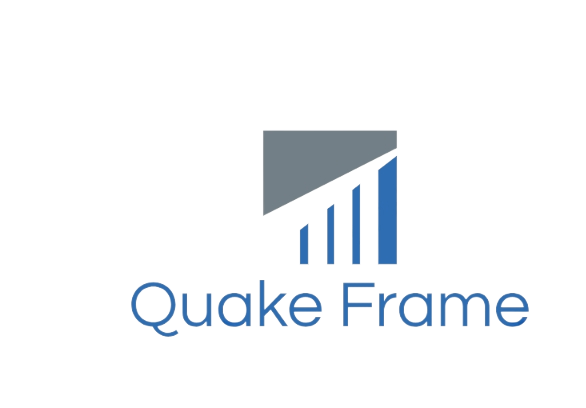In a world where the concept of ‘work’ has shifted from just a place to produce results to a holistic experience impacting one’s overall well-being, workplace safety and health practices have taken centre stage. As you become more health-conscious, it’s not just the products you buy or the places you dine out that are scrutinized for safety and health standards; it’s also where we spend the majority of our day — our workplaces.
However, navigating the vast landscape of safety practices can be daunting, especially when starting from scratch. Let’s delve into the top workplace health and safety practices every business should implement to foster an environment of care, productivity, and well-being.
Regular Safety Training
Consistent and up-to-date safety training is fundamental to instilling a culture of safety awareness within the workforce. Training sessions should be a mix of periodic refresher courses and dynamic learning experiences that engage employees. Covering everything from hazard identification to emergency response procedures, good training can mitigate disasters before they have a chance to happen.
Topics to Cover in Safety Training Sessions
- Emergency protocols, including evacuations and first aid
- Handling and storage of hazardous materials
- Safe operation of machinery and equipment
- Security practices, including violence prevention
Proper Use of Safety Equipment
Occupational health and safety equipment is the first line of defence against workplace hazards. It’s crucial that employees not only have access to the right gear but also understand how to use and maintain it properly to ensure maximum protection.
Types of Safety Equipment
- Personal protective equipment (PPE), such as helmets, gloves, and goggles
- Fire extinguishers and sprinkler systems
- Emergency alarms and communication devices
- Safety barriers and warning signs
Ergonomic Workstations
Work-related musculoskeletal disorders can often be prevented with the right design of workspaces. Ergonomics isn’t just a buzzword; it’s a science that should be integrated into the very fabric of workplace design.
Tips for Setting Up an Ergonomic Workstation
- Adjust chair height so feet are flat on the floor
- Keep the monitor at eye level
- Use wrist rests to maintain a neutral position while typing
- Take regular breaks to stretch and change position
Regular Maintenance and Inspections
Preventive maintenance and scheduled inspections of the workplace ensure that any hazards are identified and fixed before they lead to accidents or injuries. This proactive approach can save both human and financial resources in the long run.
Areas to Focus on During Inspections
- Electrical wiring and equipment
- The structural integrity of the building
- Ventilation and air quality
- Safety measures in break areas and restrooms
Employee Involvement and Reporting
The most comprehensive safety program is powerless without employees actively participating. Introducing a system that encourages and rewards employees for reporting potential hazards can transform a passive culture into an active one, where safety is everyone’s responsibility.
Establishing an Open and Supportive Reporting Culture
- Provide multiple channels for reporting, including anonymous options
- Acknowledge and investigate every report, taking corrective action where necessary
- Share updates on reported issues and how they are being addressed
Conclusion
In conclusion, the implementation of robust workplace health and safety practices in the workplace is not merely a compliance issue but a crucial component of a successful and sustainable business model. By investing in regular training, proper equipment, ergonomic setups, diligent maintenance, and fostering a culture of employee involvement, businesses can significantly reduce the risk of accidents and create a more productive environment. This commitment not only protects the workforce but also translates to improved morale, increased efficiency, and a better reputation for the company. Ultimately, the greatest asset of any business is its people, and ensuring their health and safety is the smartest investment an employer can make.

